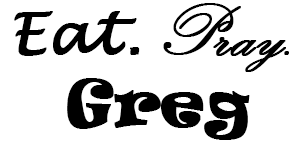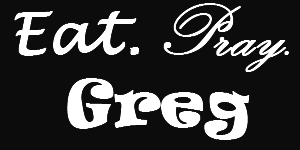This was the first time when I woke up still traveling. I slept surprisingly well, considering that we were driving along all night. I guess playing relaxing music on my headphones helped. The bus corners like it was on rails though, especially being on the top deck. It felt like we were going to tip over going along these narrow back roads. I made a mental note to pay the extra money and fly back. Ted was not doing well with the motion nor the altitude and later confessed he painted the bathroom with his dinner. I tried watching Rocketman, the Elton John movie, but the screen was making Ted nauseous still, so I turned it off. I napped on and off, dealing with my own headache and nausea for another few hours.
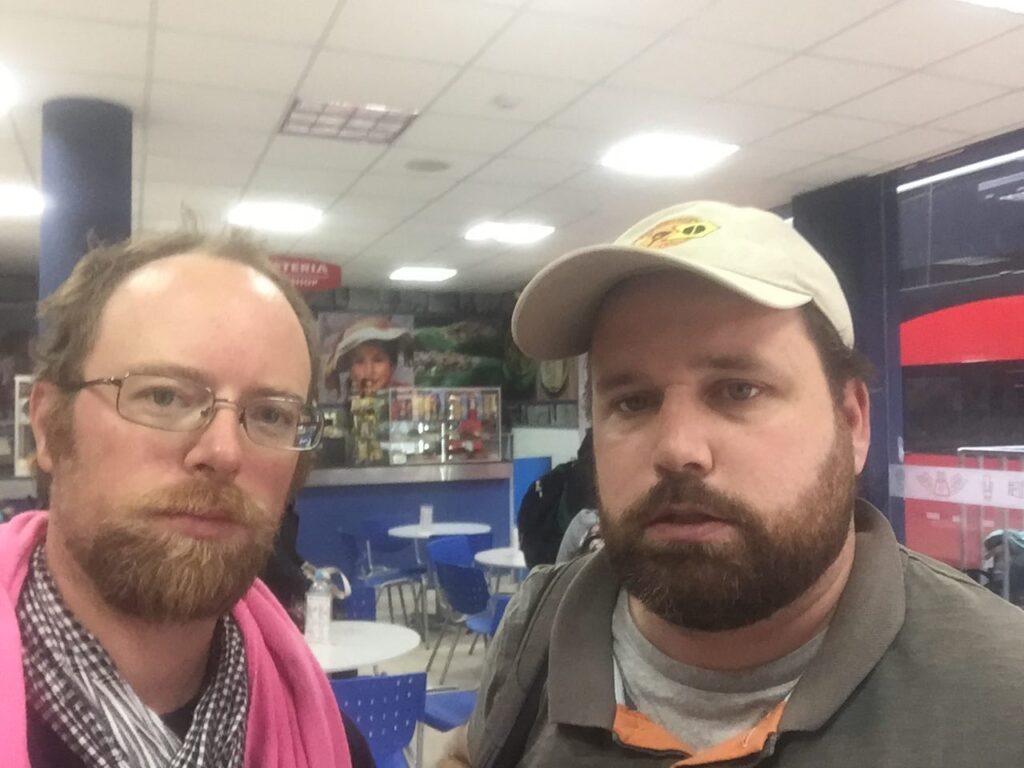
We finally arrived at the bus station in Cusco. Even though it was summer, up here in the highlands of Peru, it was cold. Since the bus station did not have any internet, we hailed a ride the old-fashioned way and got a cab. We got to the hotel, the Tayta Wasi II, and thanked our driver. Much like our last high-altitude adventure together in Breckenridge, Colorado 15 years earlier, simply climbing the three flights of stairs with our suitcases was an arduous task.
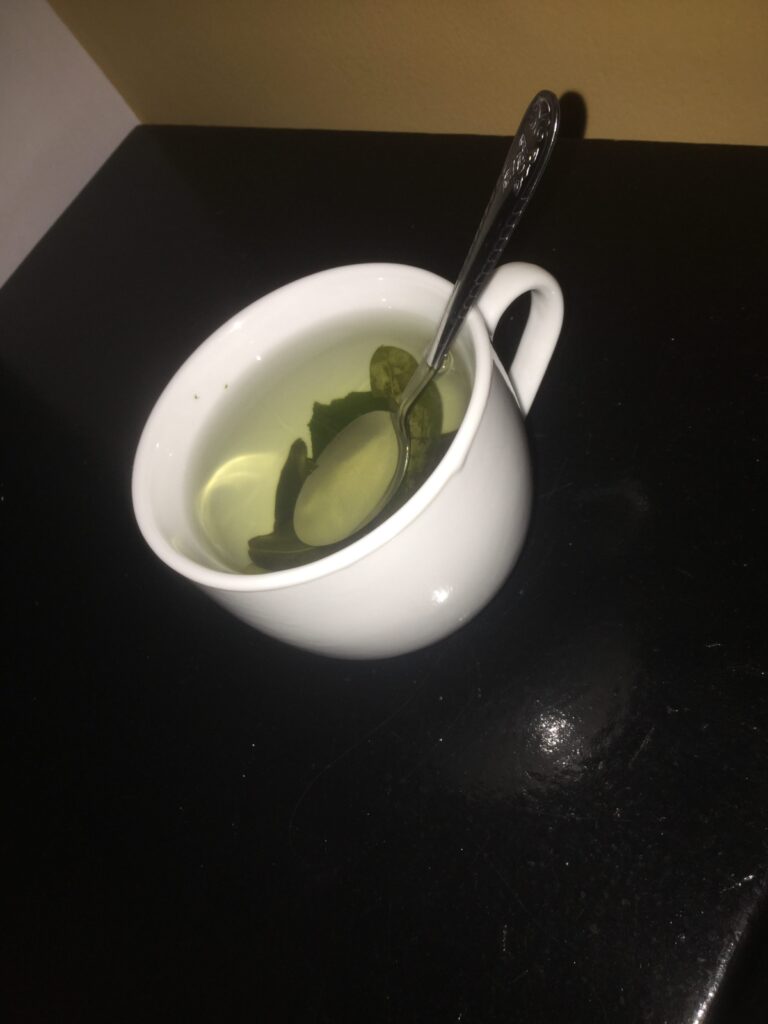
We listened to the guidebooks and took it easy the rest of the first day. We hoped that we would get accustomed to thin air quickly with the aid of the amply supplied Coca tea. Everything was a chore; getting unpacked, taking a shower, and eventually going to bed.
Now, regarding the shower, this was the first time I had ever seen an electric water heater. For those that failed kindergarten science, water and electricity usually should not mix. However, that would leave a lot of people in the developing world without hot water. So, the logical conclusion would be to run an electricity line in the shower, just above the spigot, to allow the installation of an electric water heater. As I did not know how to operate it and would appreciate not leaving my electrified naked corpse for my friend to find, I took a cold shower.
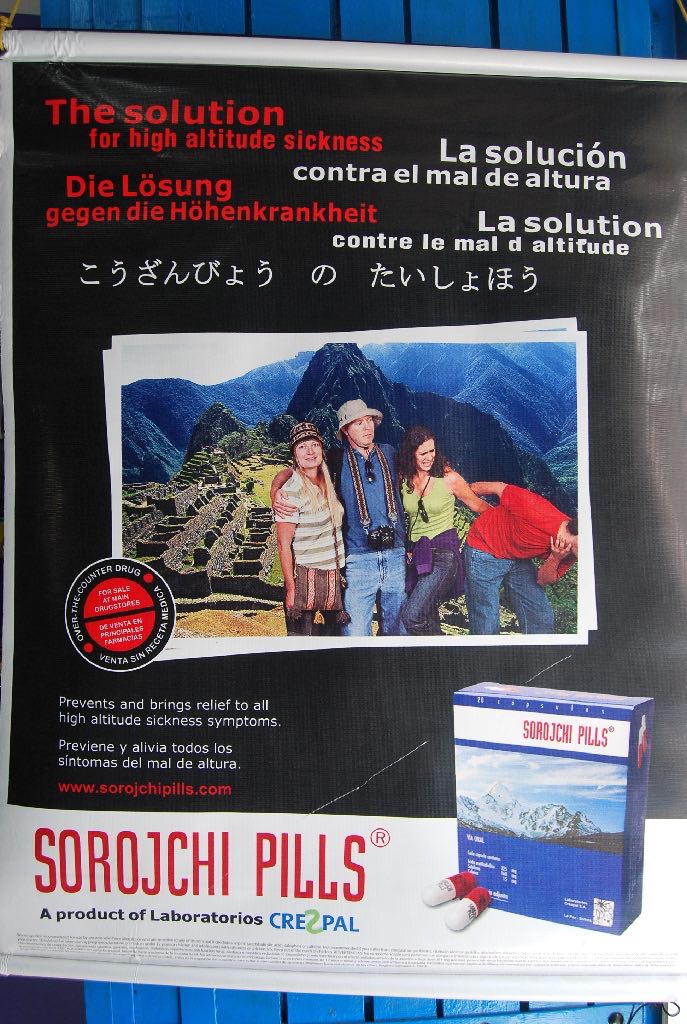
I woke up about every two hours with a headache and nausea. Ted and I stirred at about 7 AM and we got the supplied breakfast, which for me was just some more Coca tea. Ted was having a hell of a time and went out to purchase some sorojchi pills, a local medicine specifically designed, it seemed, for sick white people. While he was out, I was able to muster enough strength to take a lap around the block. I walked past a few stores and it was obvious we were in the local’s section of Cusco. I came back for a little rest until Ted returned. We then headed down our street and had lunch for the both of us for $4.
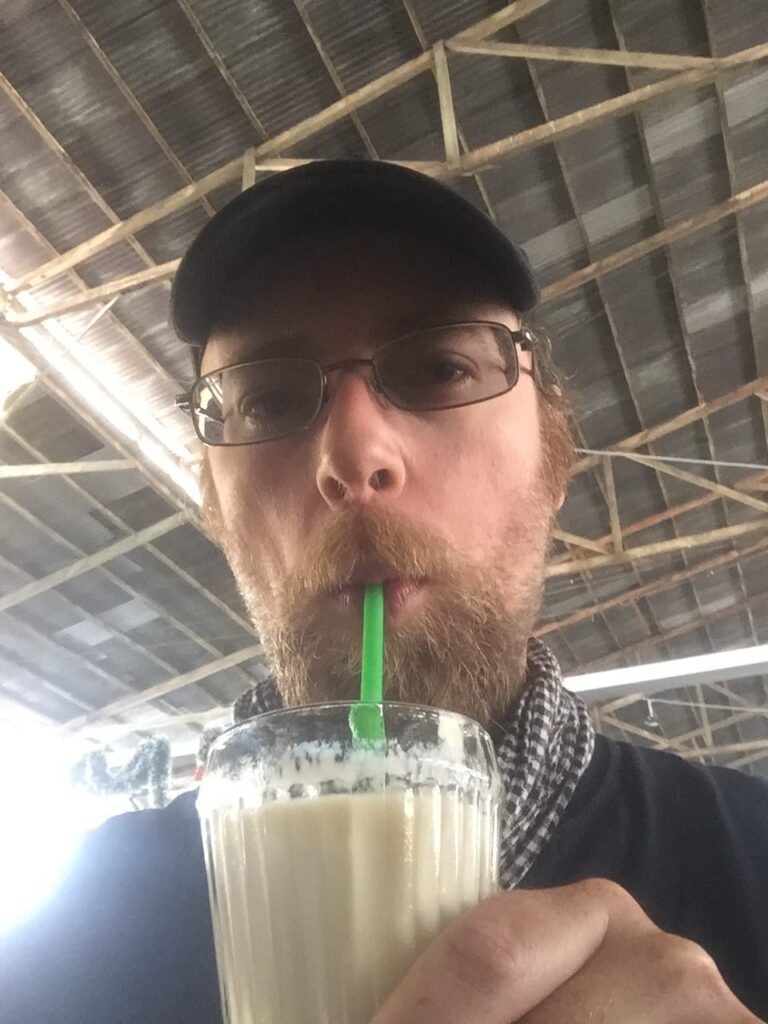
After lunch, we went back to the room for a little bit, then decided to head back out. We went up to the San Pedro market which was a fantastic open-air market with everything you could want to eat, drink or buy. I would have liked to have stayed longer, but none of the guidebooks mentioned that another aspect of altitude sickness was intestinal distress. I barely made it back to the room in time.
We then went out for a pizza dinner on one of the main drags through the city. It was very good, but there were a lot of people that came into the restaurant begging. It started raining, so we decided to head back in for the night.
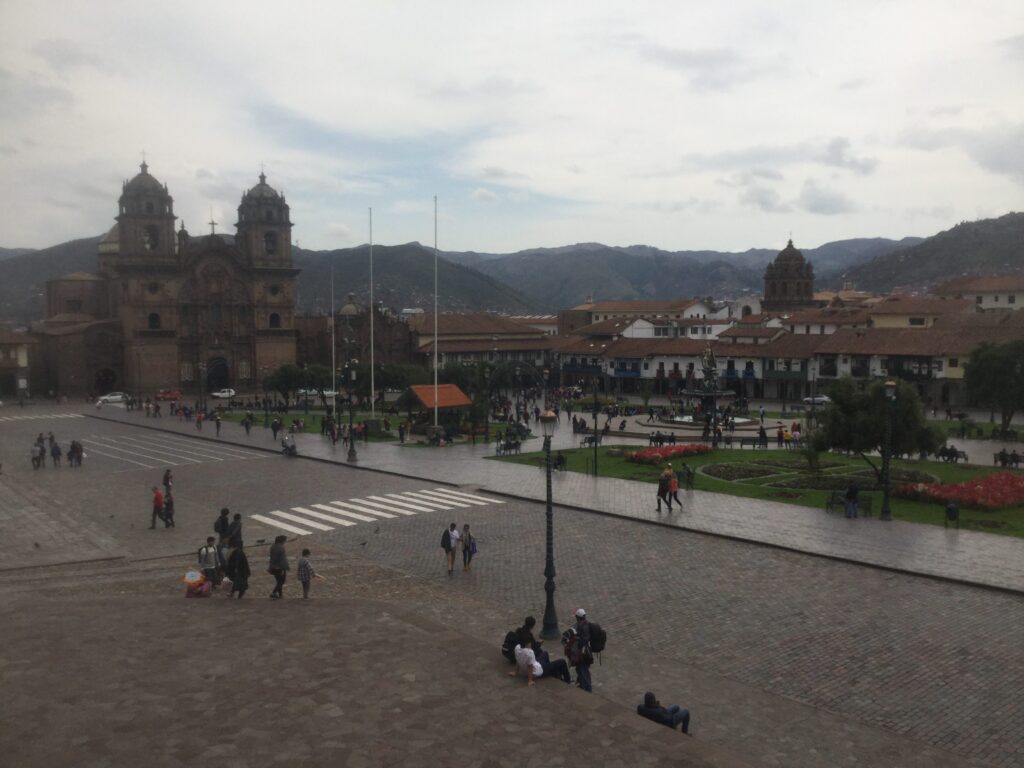
The next day we woke up and headed to breakfast. Ted ate three of the supplied omelets but was a little testy. Maybe it was still the altitude. Afterward, we headed back to the room and secured our travel excursion for Tuesday. We then headed out to explore more of the city. Cusco was the capital of the Incan empire before the Spanish arrived. Even though the Spanish took over, they still kept a lot of the ancient buildings intact, if only to give them a Spanish facelift. One of the structures contained the mythical 12-sided stone.
Incan masonry was incredibly advanced. Their stone cutting, carving, and placement, without mortar or cement, is still something that modern masters have no idea how they did it. They were so good, that one could not even place a sheet of paper between the stones. The twelve-sided stone was attached to a nonchalant building down a narrow alleyway crammed with shops uphill from the main cathedral of the Plaza de Armas. The rock is made up of igneous rock of green diorite, is about six feet deep, and weighs more than six tons. It is the perfect example of their ingenuity.
After, we went to the Museum of Chocolate. Peru exports many things with the most legal being coffee and chocolate. While it was more of a store than a museum, they did show us the processes involved in making chocolate, as well as the delineations of percentages.
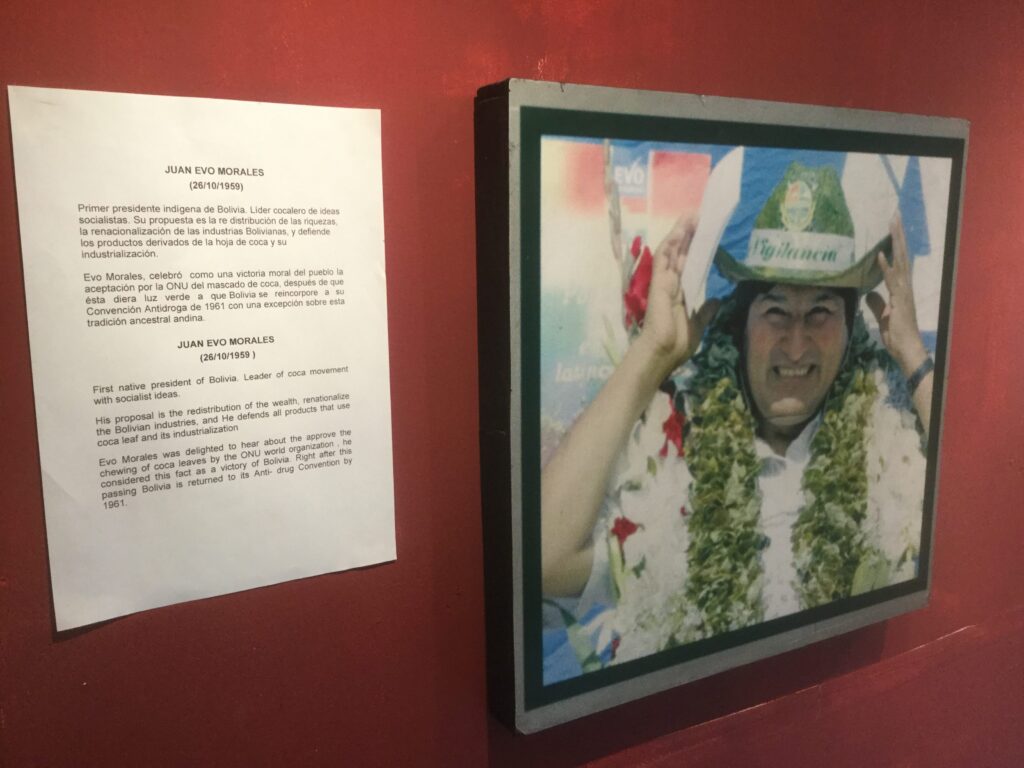
After this, we headed to the Plazaleta de San Blas, a little city square up the mountain. We then went to a museum that, unfortunately, offered no free samples; The Coca Museum.
Coca, the leaves of the plant family Erythroxylaceae, have been used for thousands of years in this region of the world as a stimulant, either chewed or made into tea. It is an incredibly important part of the Andean culture and even the President of Bolivia at the time, Evo Morales was a coca farmer or cocalero.
It was not until 1855 when the alkaloid properties from the plants were isolated, and refined into powdery cocaine, that it began to take on worldwide infamy. It was used by doctors throughout the world for a variety of treatments, served as the subject of a treatise by Sigmund Freud and was even the key ingredient of the “soft” drink Coca-Cola. It began to be regulated in the early 1900’s for its addictive properties with it eventually being made illegal in the United States in 1914 with the passing of the Harrison Act.
However, as with most things, once things are harder to get, people want them more and the price goes up. While cocaine use was more or less relegated to the periphery of society in the United States from the teens to the 60s, it had a massive resurgence in the 1970s as a party drug for the rich and famous, imported by Colombian cartels, but still using Peruvian plants from processing centers in the North Eastern jungle area.
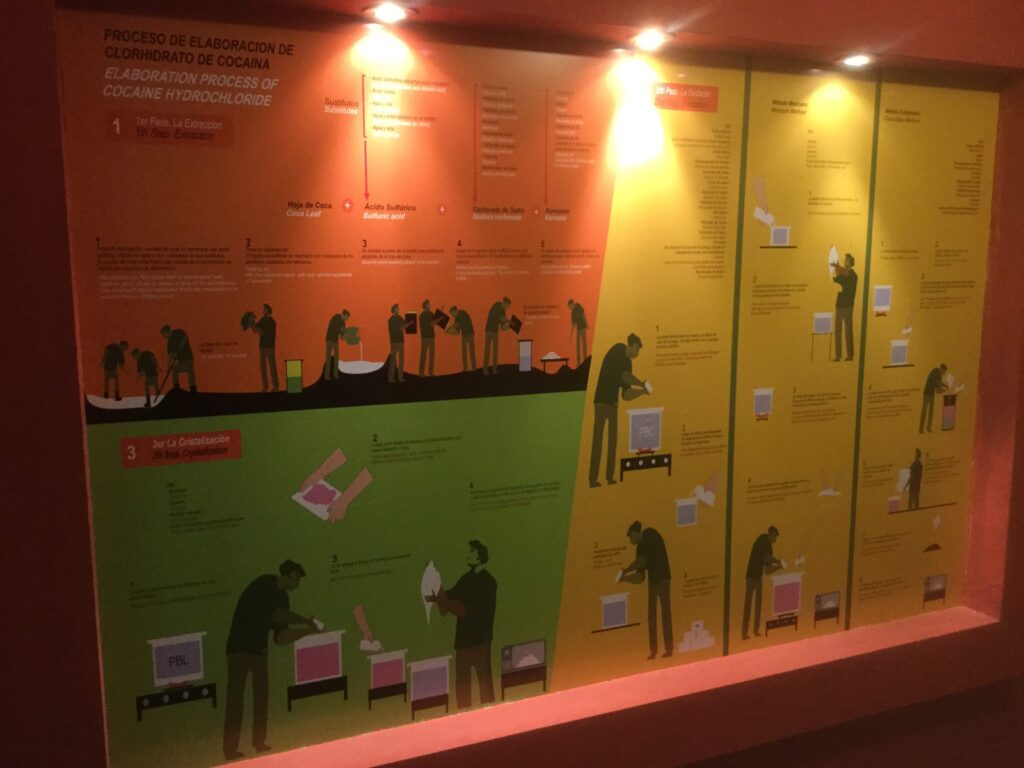
The museum was small, but incredibly detailed. It discussed a lot of interesting points about the international drug trade and was very educational. One of the more interesting things I learned is that after the mantel had been passed from the Colombian cartels to the Mexican, the method of cocaine production also changed. However, one of the more stark aspects of the museum was posing the question and asking the visitors to ponder, would this really be a problem with so much bloodshed in the drug trade, if rich countries were not such eager customers?
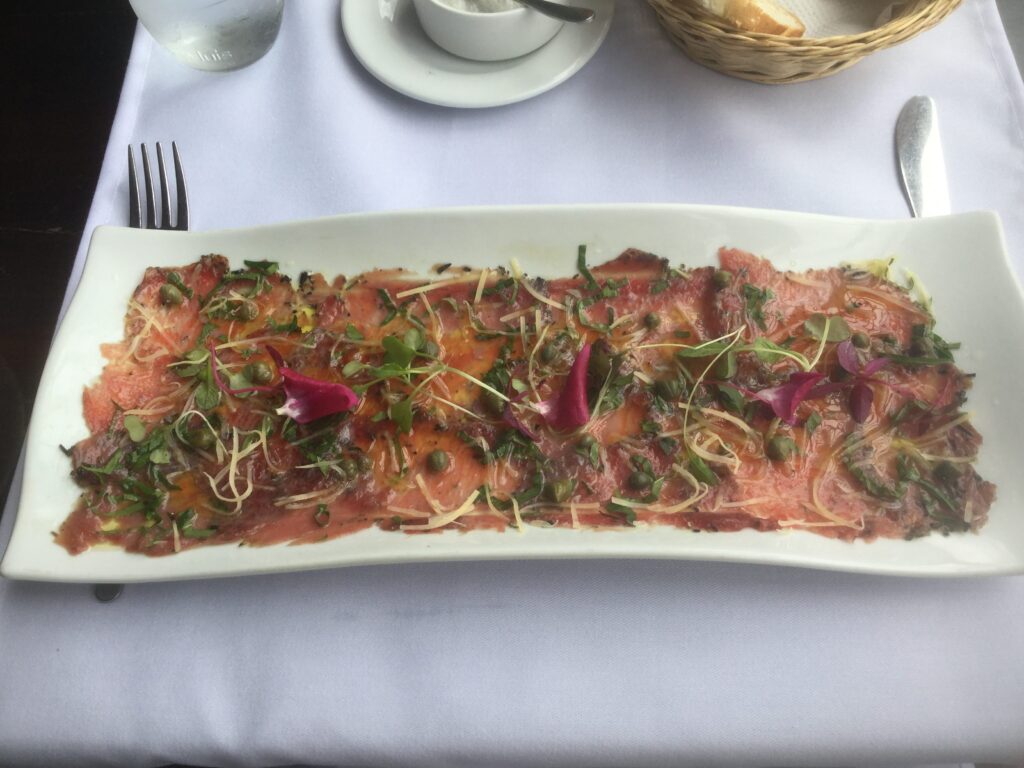
After this, we headed back to lunch in a pretty swanky restaurant, where Ted and I dined on alpaca carpaccio. We then went back to the room to rest for a little bit before heading to Coricancha, the Temple of the Sun.
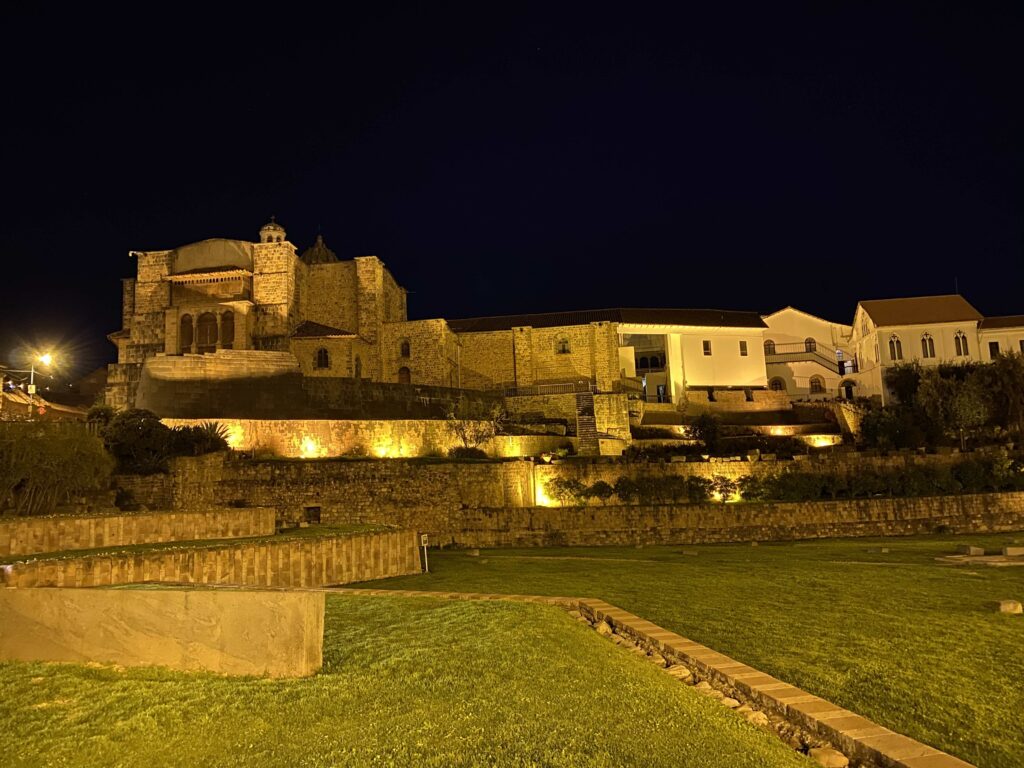
Coricancha is an arresting building located in the middle of Cusco, not far from the Plaza de Armas. It is arresting for a variety of reasons. First, it is located on a steep hill next to one of the main streets of Cusco. Second, it is incredibly distinct in its mix of styles. Like the Incan masonry mentioned before, large, perfectly fitted stones make its base leading up to Spanish façades. The building served as the main temple of not just Cusco but of the entire Incan empire. Their main God was Inti, the god of the sun, and they adorned this temple with all different facets of gold. To the Inca, while pretty and shiny, gold did not have much intrinsic value.
When the Spanish arrived, under Pizzaro, they were able to take the Incan Emperor Atahualpa prisoner and demanded a royal ransom; telling his people that they needed to come up with enough gold to fill his cell once over and twice with silver. They complied, stripping the walls of all their temples, especially Coricancha. However, since according to the Spanish they were Godless heathens, they had no intention of honoring the deal and killed Atahualpa anyway. This power vacuum allowed the Spanish to colonize the Incan empire. The Temple of the Sun was then repurposed into the Catholic Church of Santo Domingo.
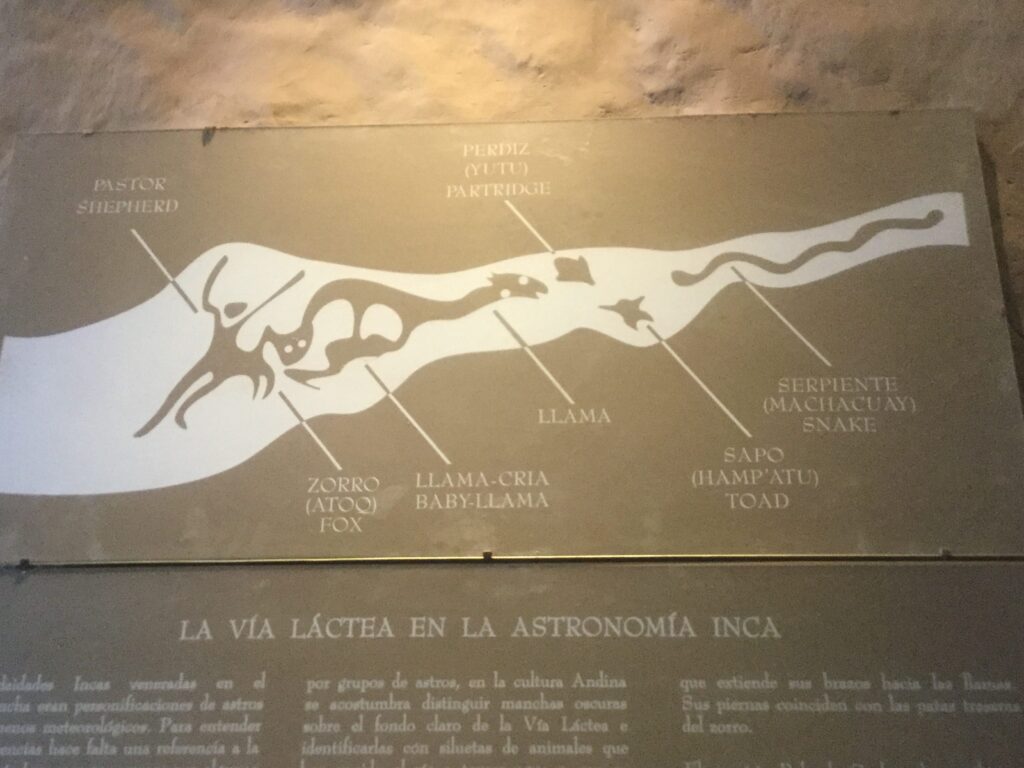
There were many interesting things about Coricancha, but two points really stuck out to me. The first is that since it was the most important temple in the entire Incan empire, they positioned all other temples throughout the entire empire which spanned thousands of miles in a perfect radiating pattern with Coricancha at the center.
The second really blew my mind. In the Western tradition (and Northern Hemisphere,) looking up the sky, universally, these cultures played connect the dots with stars making constellations. They are used in everything from navigation to myths. The Incans, however, made their celestial pictures by instead using the blackness of what they could see from the rest of the Milkey Way, made easier by the fact they were in the Southern Hemisphere and high in the mountains. In the blackness, they saw animal shapes like the fox, llama, baby llama, serpent, toad, and partridge, and even anthropomorphized a shepherd.
It was at this moment that I realized yet again, that this is why it is important to learn about other people’s cultures and why I always considered myself an open-minded thinker. This was an amazing discovery for me.
After Coricancha, we headed into a little vestibule where they were having mass. Ted and I sat there, listening to the choral for a little bit pondering all we had seen, then headed to dinner at a terrible Chinese restaurant before heading back to the hotel.
The next day we headed back up to the San Pedro market for a morning juice after breakfast and headed over to the Machu Picchu museum. It was very interesting and I learned many things. After the time of the Spanish conquest, the once great Incan royal estate high in the mountains was lost to time. That was until Hiram Bingham, an American academic and explorer in 1911 armed with the knowledge that something was in the mountains, asked the locals of the area if they could take him up there. While overgrown, he had found a lost city, much like what had happened in Angkor Wat. One of the other interesting facts I learned in the museum was that etched in the stones of Machu Picchu was a calendar using the light of the sun, like a sundial for the whole year. When rays eclipsed a certain portion, they knew it was the summer solstice or being in the Southern hemisphere, December 21st, their longest day of the year and the longest exposure they would have to Inti.
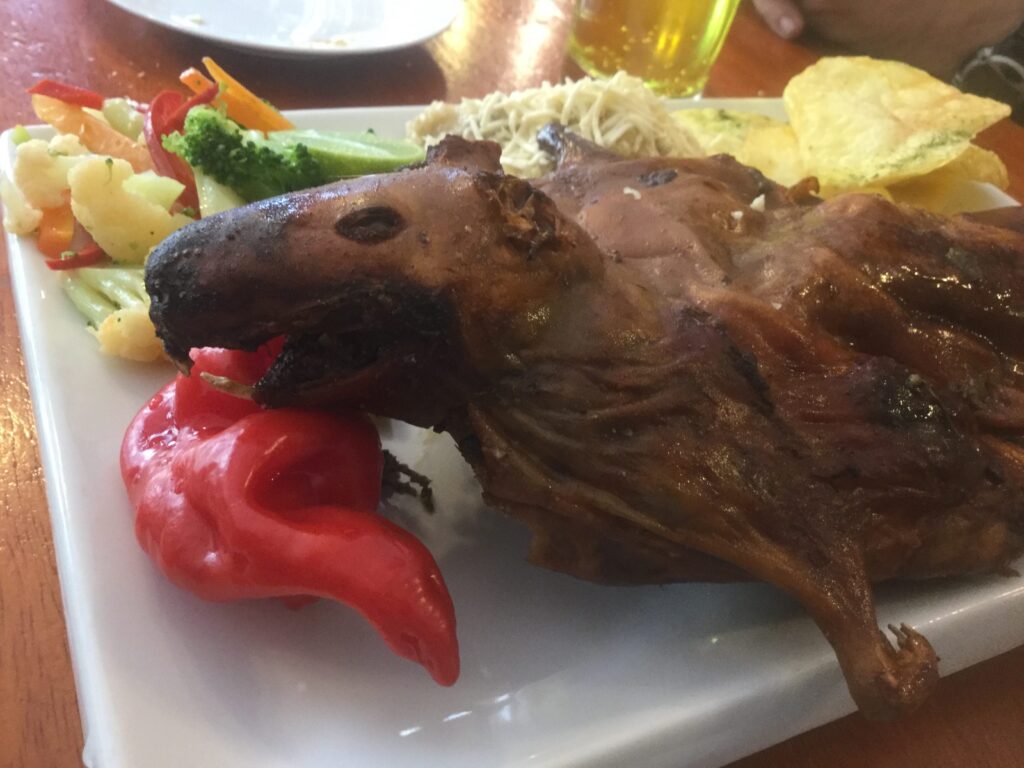
![]()
After the museum, I figured it was time to try a Peruvian delicacy. As I had in the other parts of my adventures in the world of gastronomy, I wanted to sample some of the local fare. In this part of Peru, given the lack of particular resources needed to sustain large livestock, the locals were able to corral and pen small animals known locally as cuy. However, they are known throughout the rest of the world as guinea pigs. I ordered the Cuy Al Horno, or Guinea Pig from the Oven. The cuy arrived whole, with its claws extended and its fangs out in a singed wince. It was about the size of half a chicken, however, there were many more bones. While I am glad I tried it but it was not very good.
After lunch we headed back to the hotel to rest up a bit before we went back to the San Pedro for an afternoon juice. We then headed to dinner, then back to the hotel to rest up for our big day the following day.
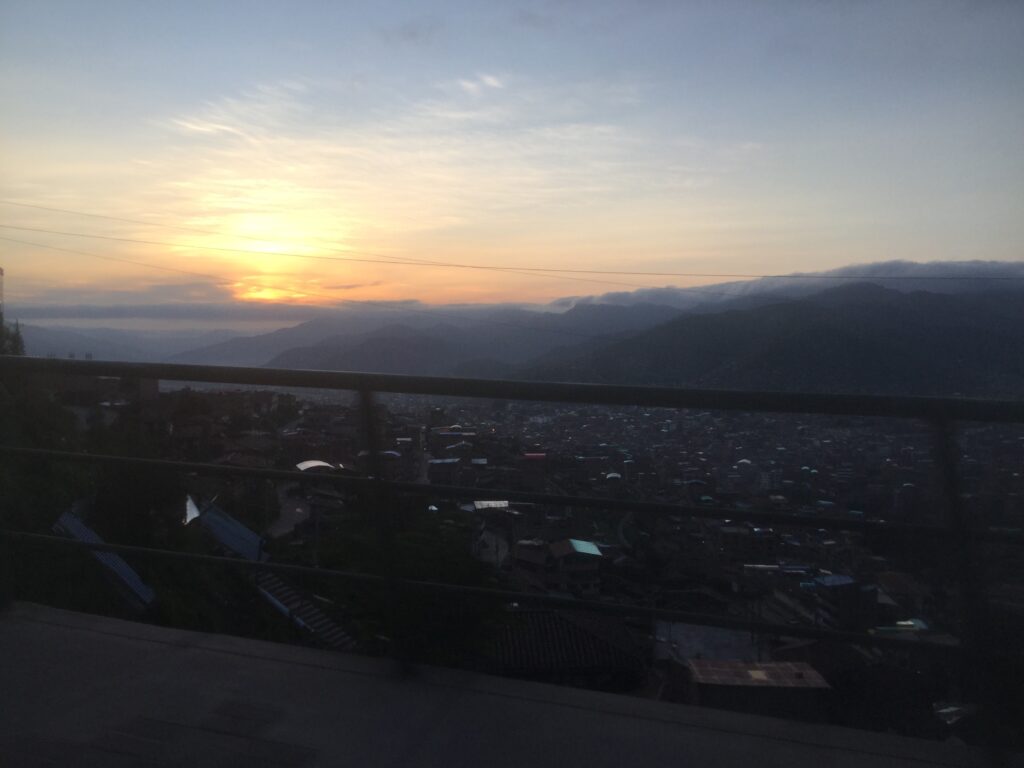
Maybe it was the altitude again, or a Peruvian succubus, but I woke up a few times in the middle of the night being unable to breathe. It was fine however as I beat my alarm clock. We woke up, packed our day bags, and headed out to grab a cab to the town of Poroy as the sun was rising over Cusco. We were going to Machu Picchu.

We had some time to kill, so we both hung out a bit. We boarded our beautiful train with skylights where I promptly fell asleep for an hour. I woke up, and shared some snacks with Ted as we traversed the countryside. Going between all the mountain passes, I noticed some shimmering silver tubes hanging off the side of a mountain. As we got closer, I noticed they were pods. Apparently, this was a hotel where people could sleep hundreds of feet about the ground looking out over the Sacred Valley.
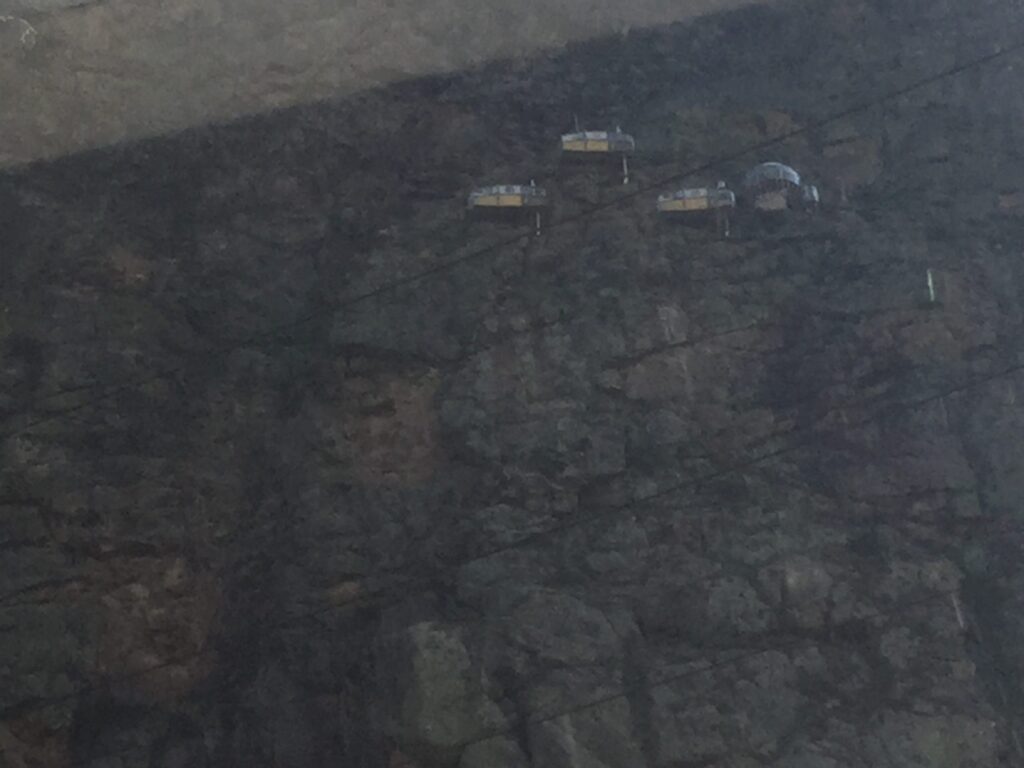
We stopped in the town of Ollantaytambo where our train was soon overrun by loud Chinese tourists. Our next stop was the very small town of Aguas Calientes at the foot of Machu Picchu. Murphy being ever present, right before I was to witness a wonder of the world, my glasses broke again. Luckily, I brought my spares with me just in case.
We then traversed a giant market to get outside of the station. There were two ways to get to the top of the mountain. The first was to walk (fuck that) and the second, which we decided upon, was a van. It was a switchback, bumpy trail to get to the top.
Machu Picchu only allows so many people on the grounds for the day and they are incredibly strict in regards to when people can enter. Since we were there, we tried getting in 15 minutes early and were denied. Ted was hungry so we got some food at the nearby restaurant while we waited. Finally, they let us in.

After my first glance at the complex, I knew why an Emporer would pick this spot as a retreat. While I understand it, I am not really some New Age, spirit crystal, aura, chakra, vibe type person, but this place definitely had positive energy. There were buildings and rock enclosures everywhere. There was just something about the earth-toned light gray rocks with the green grass and the deep green mountain in the distance that no picture could ever do justice to. The air was clear here.
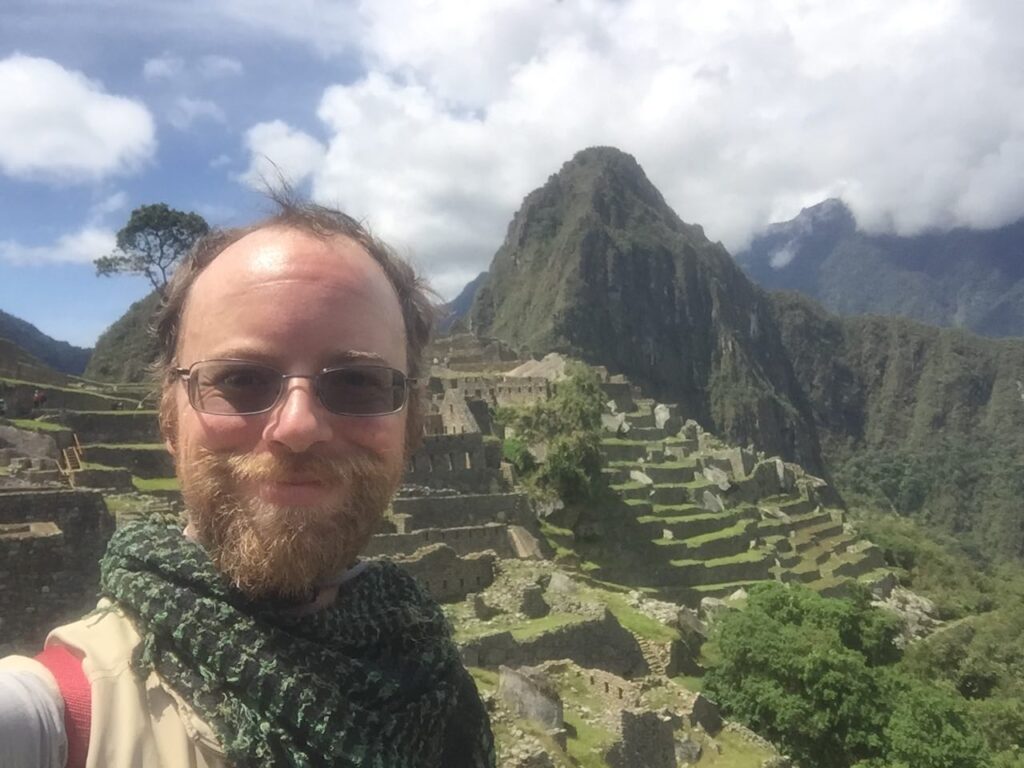
This place inspired a lot of things besides selfies. I even saw a couple get engaged and helped take pictures for a French couple that complimented my limited French. But what was more amazing was the lawn care of Machu Picchu.
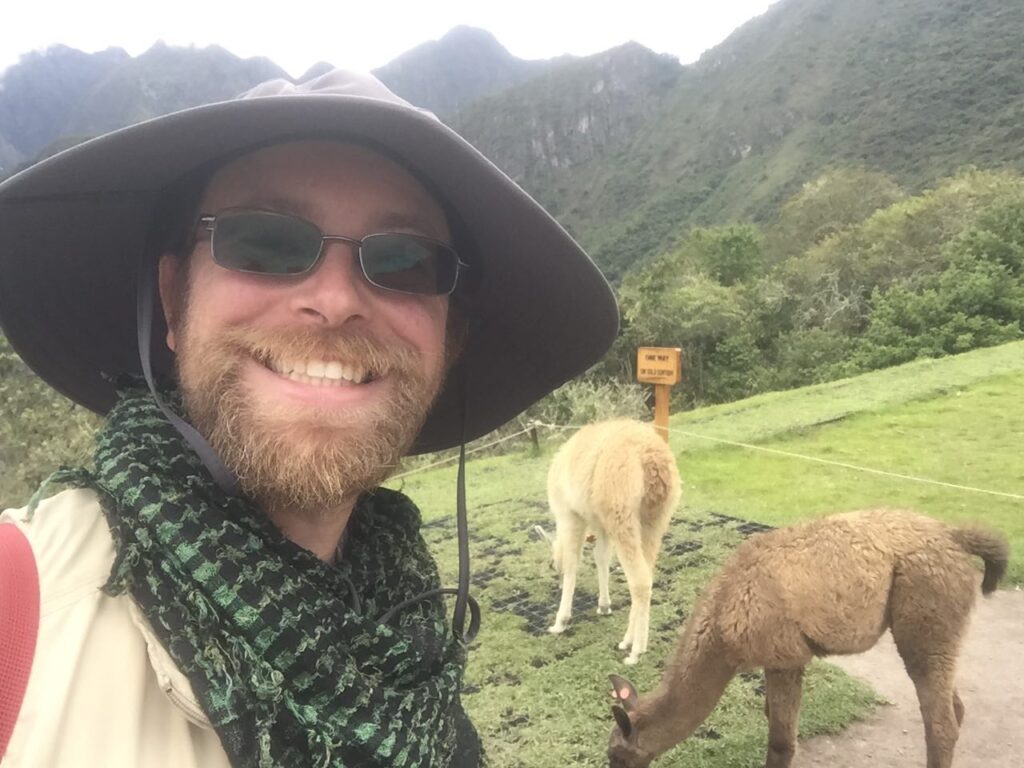
There was a cadre of llamas just milling about eating grass. When I was walking about to enter a building, I heard a fierce gallop behind me. I looked and a black llama was tear-assing through the complex heading directly my way. I stepped aside and could swear that when I did, the llama gave me a little head nod in thanks. I would learn that black llamas were considered especially sacred due to their representative in the sky.
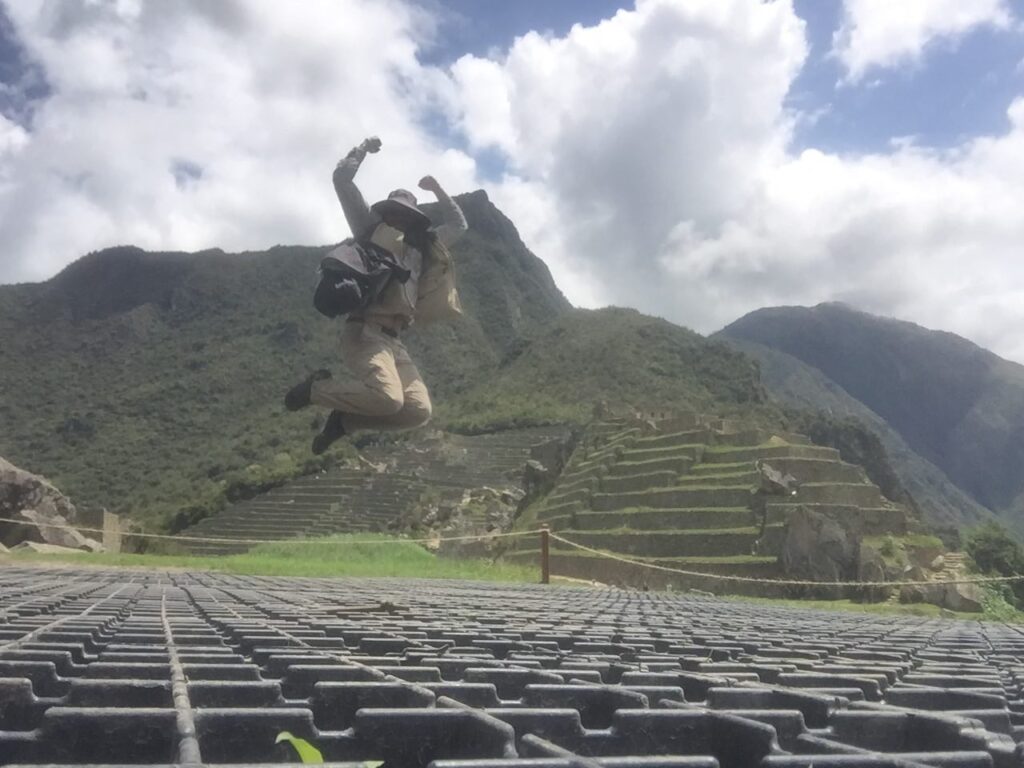
Ted’s altitude sickness was getting to him, so he bowed out, but I kept going around the complex. I walked to a quiet place for reflection at A’s insistence, plugged in my iPod, and listened to a few songs that meant something to me as I let my gratitude flow.
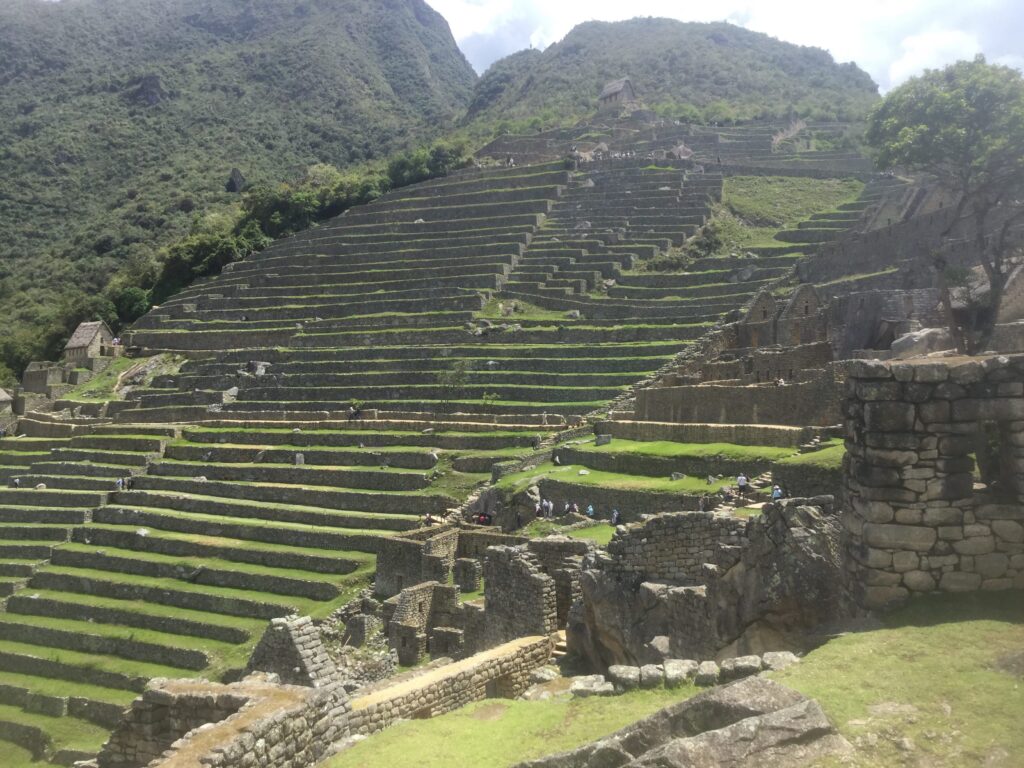
I got up, made my way to the exit, walked on the incredible terraced garden of the Incas, found Ted, and headed back down the mountain. At the station, Ted was tired, so he sacked out a while I kept an eye on him. We waited for an hour and a half and eventually got our train back to Poroy. It was kind of funny as the train attendants put on a fashion show using the aisle as a catwalk with all the incredible alpaca wares that they conveniently had for sale. It was a little cheesy but entertaining. We got back to Cusco and to our hotel with no problems.
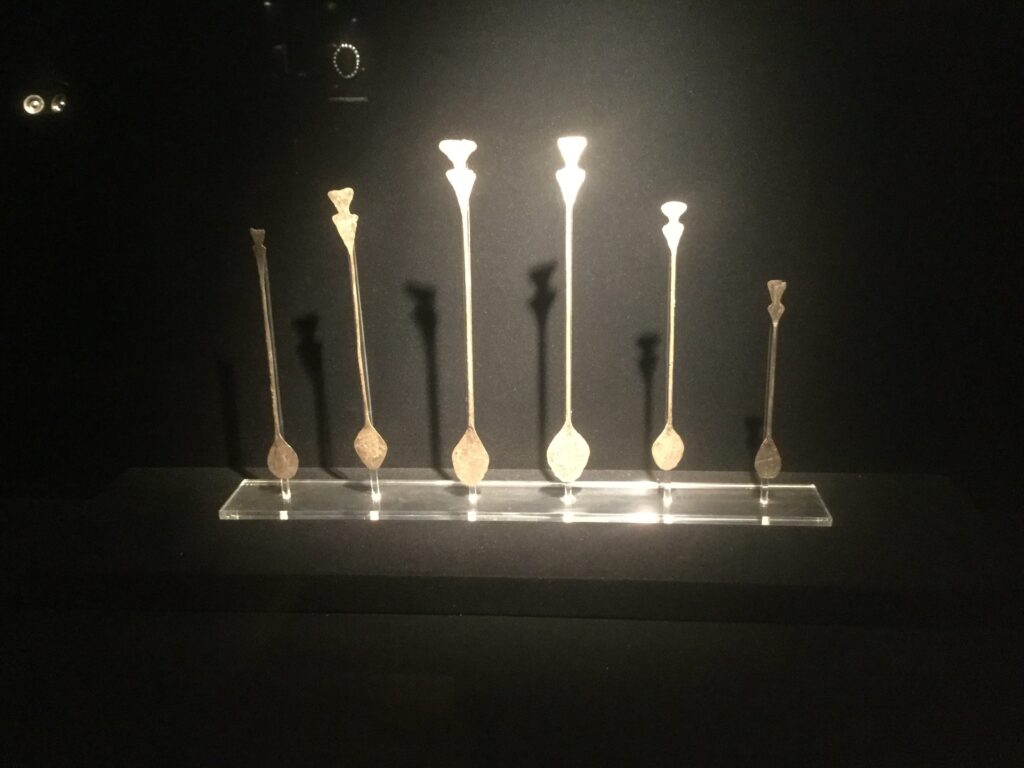
The next day, we had breakfast and headed to the Pre-Colombian art museum of Cusco. It was great. There were a lot of metal works, gold and silver, and the like. It was interesting, they had silver spoons that they used to inhale powders filled with hallucinogens for ritual purposes. Basically, ancient coke spoons.
After that, Ted was feeling ill, so he left to head back to the hotel. Poor guy. I felt he was missing out on a lot. I headed back to San Pedro to grab some lunch from one of the stands in the back and had the best chicharron of my life.
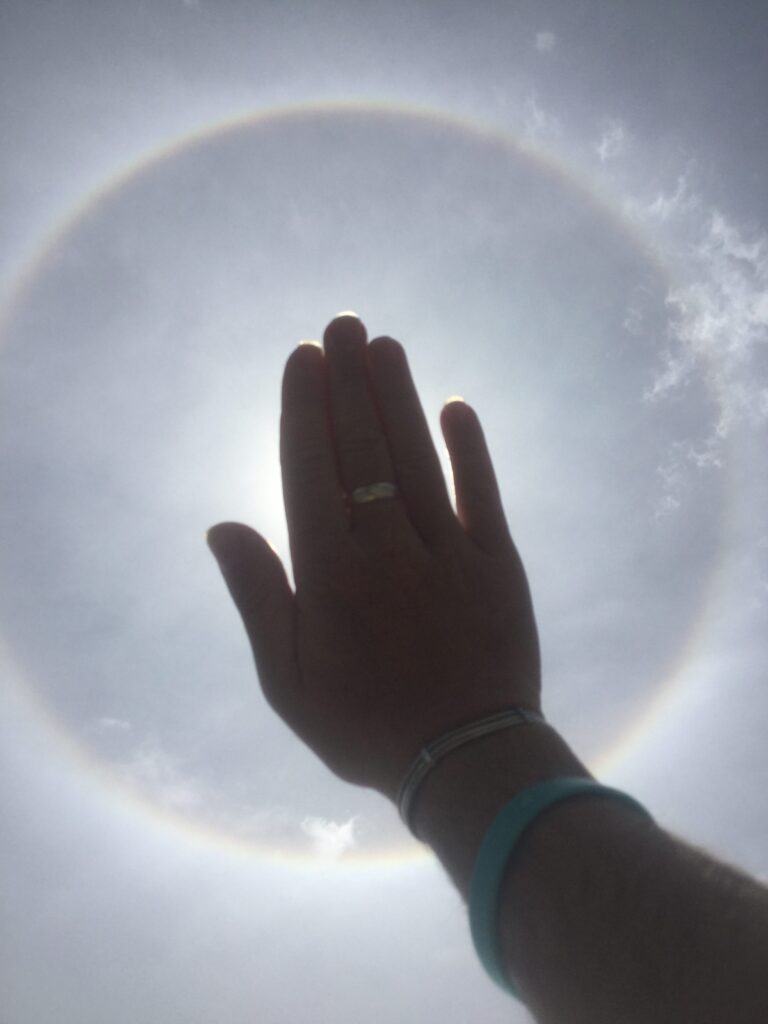
After lunch, I decided to go take a walking tour of the city where I learned a lot of interesting things:
Given the nature of the Spanish rule, the remaining Incans we very non plus with being treated at best as third-class citizens and at worst slaves. One of the early leaders of a rebellion against the Spanish crown was the last Incan king Tupac Amaru. While he did manage to be a nuisance to the Spanish, he was eventually beheaded in the Plaza de Armas of Cusco in 1572. However, his legacy inspired a later rebellion. About 200 years later, José Gabriel Condorcanqui Noguera would later take the name Tupac Amaru II and again try to rebel against the Spanish rule and their Bourbon dynastical reforms. After later capturing and killing the governor of the province and the Corregidor (Crown official,) the Spanish came down in full force and squashed the rebellion. In 1781, Tupac Amaru II was forced to watch the execution of members of his family, his captains, and at first, had his tongue cut out before having his limbs bound to four horses and attempted to pull him apart at the seams. In the same Plaza de Armas where I was standing. I would learn from A that the children of Peru still play a game called Tupac Amaru where they grab the arms and legs of an often unwilling participant and try to pull them apart. Much like how American children play cowboys and Indians. Or the Spanish children play Christians and Moors. Such macabre games the young play.
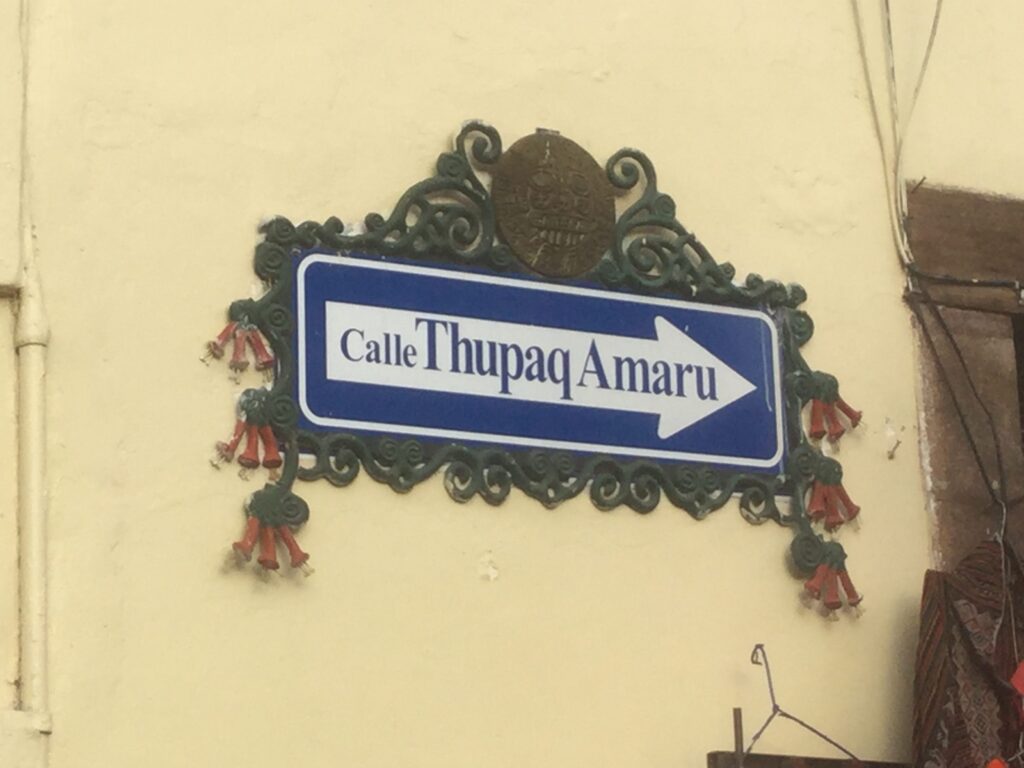
Another thing I learned is that one of the animals of the Incan triad is the Puma (the other two are the serpent and the condor) and Cusco is the Puma City. In the initial Incan urban planning, they made sure all the important parts of the city resembled a Puma on a map. Cusco was also chosen to be the capital of the Incan Empire not only because there were mountains on all sides, but because it was considered the navel of the Empire.
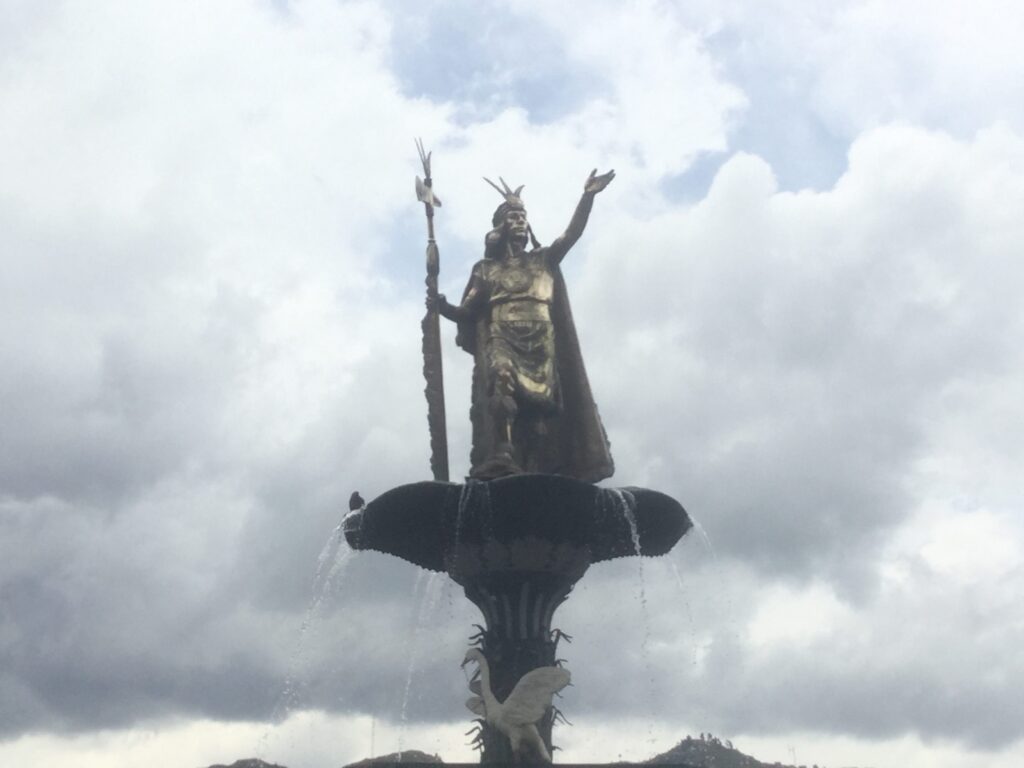
The fountain at the Plaza de Armas was mail-ordered from New York City and had an American Indian at the top for close to 100 years until some spirited men decided to rip it off. The Incan statue was added in 2011.
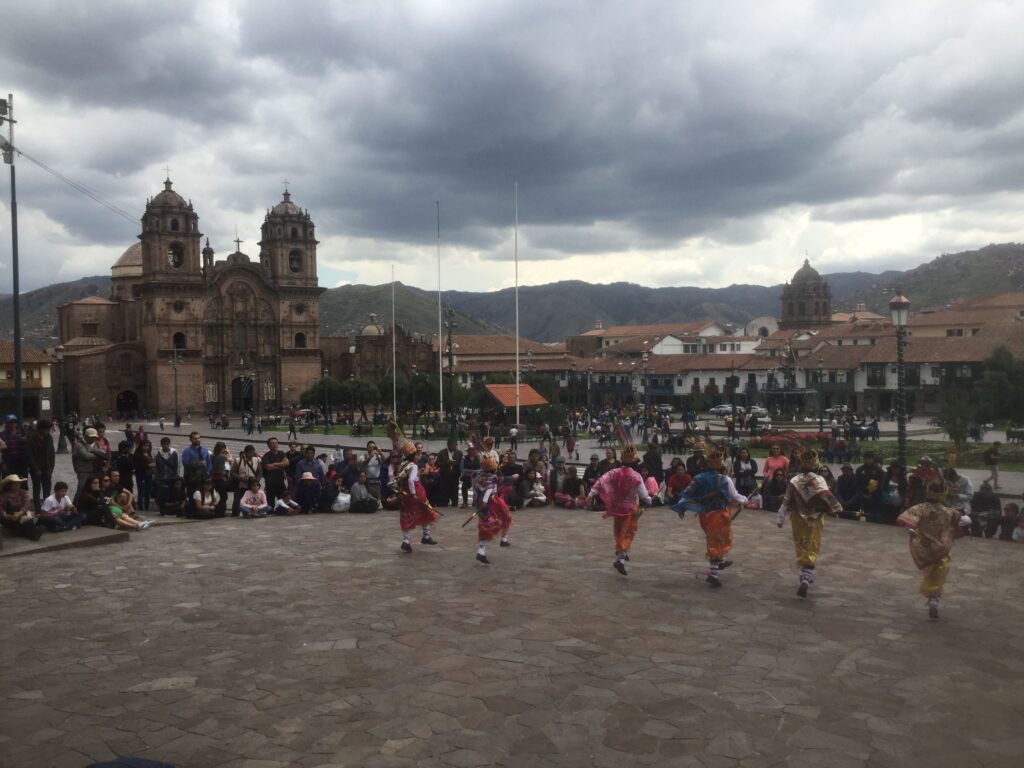
Finally, the Spanish churches at the Plaza de Armas were built with Incan stone from a temple high atop the hill. It was dismantled piece by piece and the stones were rolled down the hill to waiting Incans that were supposed to catch them. Many died as would be expected for men, women, and often children trying to stop multi-ton boulders coming down a mountainside with only wooden shields as protection. The church also had a place where the dead were stored during an outbreak of flu that they say is now haunted.
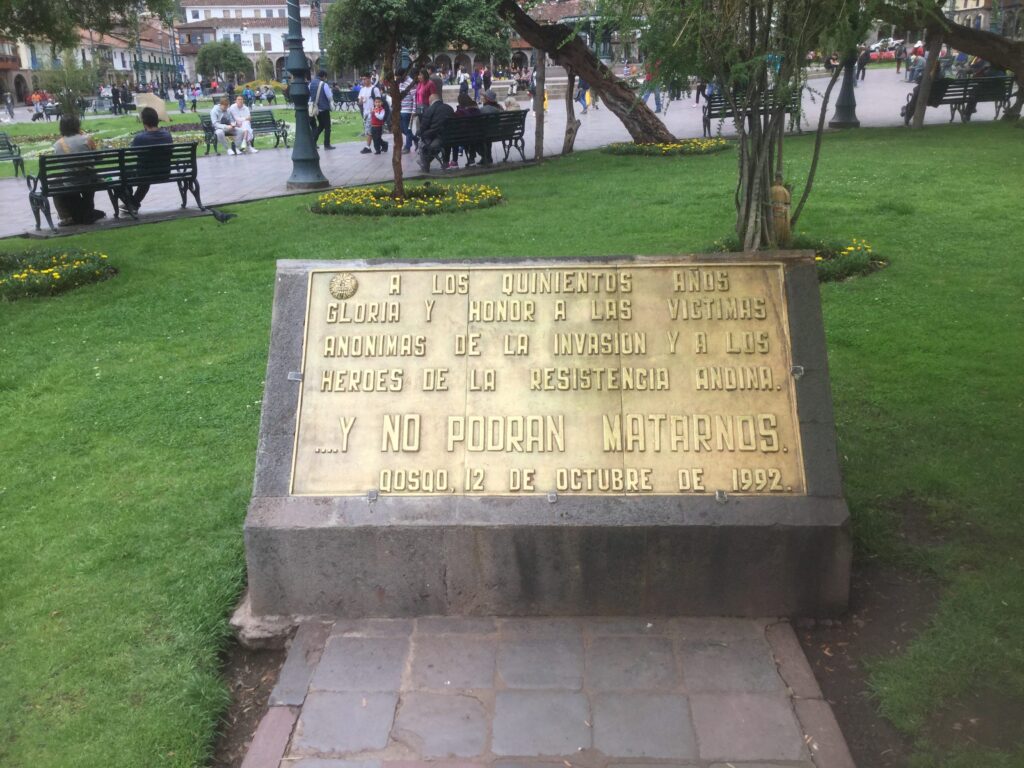
After my tour, another thing I noticed on the way back was a large plaque in the Plaza de Armas that celebrated the anonymous dead natives at the hands of the Spanish. However, that was not the most interesting part. It was the date; the plaque was dedicated 500 years to the day Colombus “discovered” the New World.
I headed back to Ted. He was relaxing in the room watching NHK news in English. Our next trip was to the planetarium. Unfortunately, we did not know we needed to have a reservation, but they let us in any way. This was fascinating because much as I mentioned before, Western civilization resided in the Northern Hemisphere for thousands of years often using the stars for guidance. Imagine crossing the equator and never seeing any of these star patterns before that you depended to guide you. So, the first thing they would do is recognize them and name them. So a lot of the constellations in the Southern Hemisphere have to do with sailing instruments. Unfortunately, it was too cloudy to go stargazing.

We arranged for our Uber driver to come to pick us up, but the planetarium provided transport back to the city square. I messaged my driver and gave him a very big tip for being available. We had dinner at the lovely restaurant Hanz at the Plaza de Armas and went back to the hotel. One of the great things about Cusco is that they had restaurants for every type of traveler.
The next day, we got up, had a quick breakfast, went to the corner store for some snacks, then headed to the airport. We were in line for a bit but cleared security without much trouble. Ted wasn’t feeling well again, so he told me to board while he took a breather. I was worried he would miss the flight, but he made it.
We arrived back in Lima, where I got an Uber to take us back home. After we arrived in Miraflores, we got lunch, then parted ways for the day. I went back to the hostel and chilled. I tried to nap but could not, maybe due to all the renewed oxygen I was getting!
I went to the pharmacy to buy some shaving cream and the pharmacist asked if I wanted Viagra, which was an odd question. I told her I did not need it. I walked back to the hostel, picking up a little food along the way as I was hungry. I shaved, showered, then headed over to see A. When I knocked on her door, she opened it, jumped into my arms, and kissed me all over my face. While Cusco was nice, it was great being back with her.
